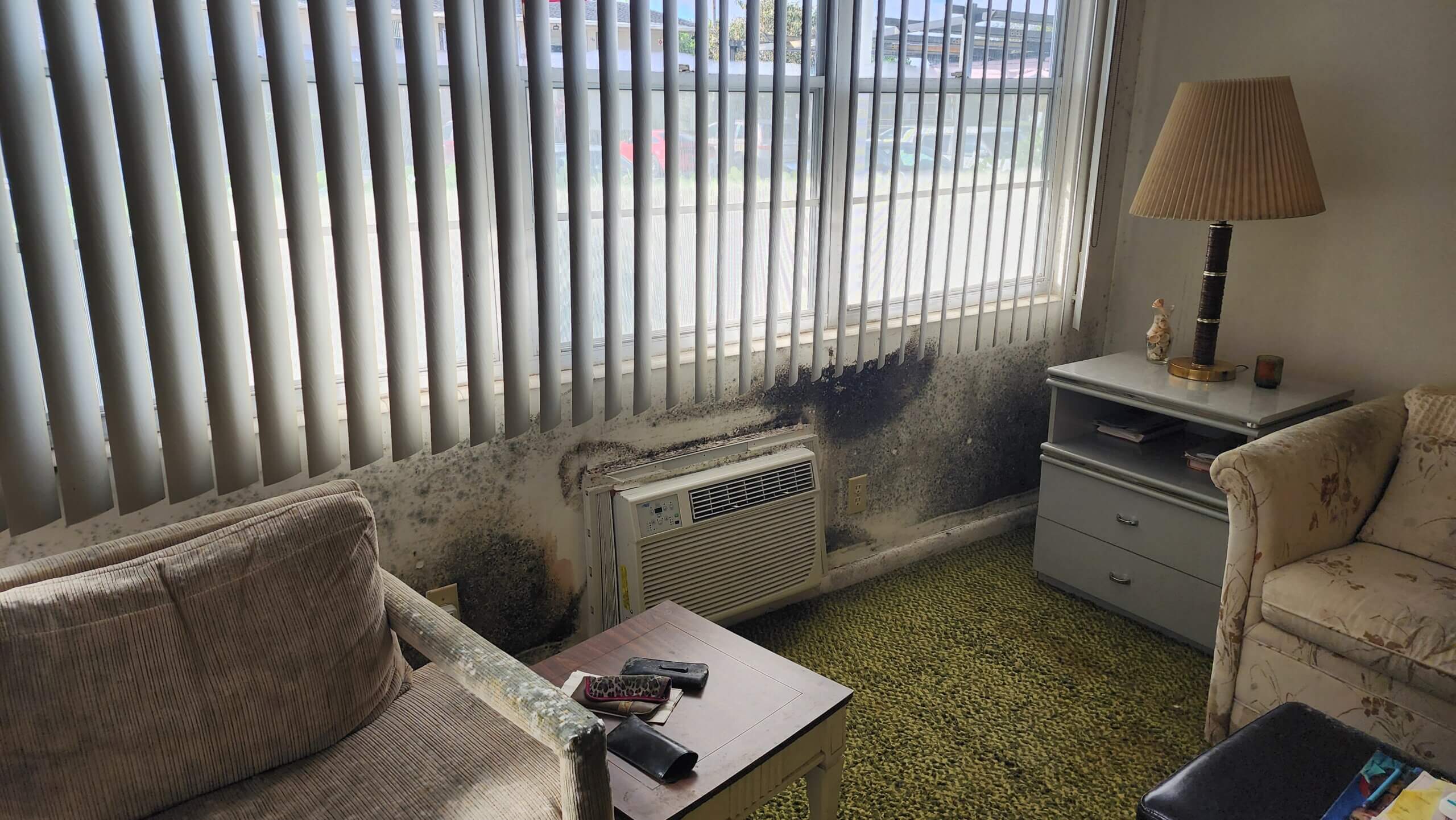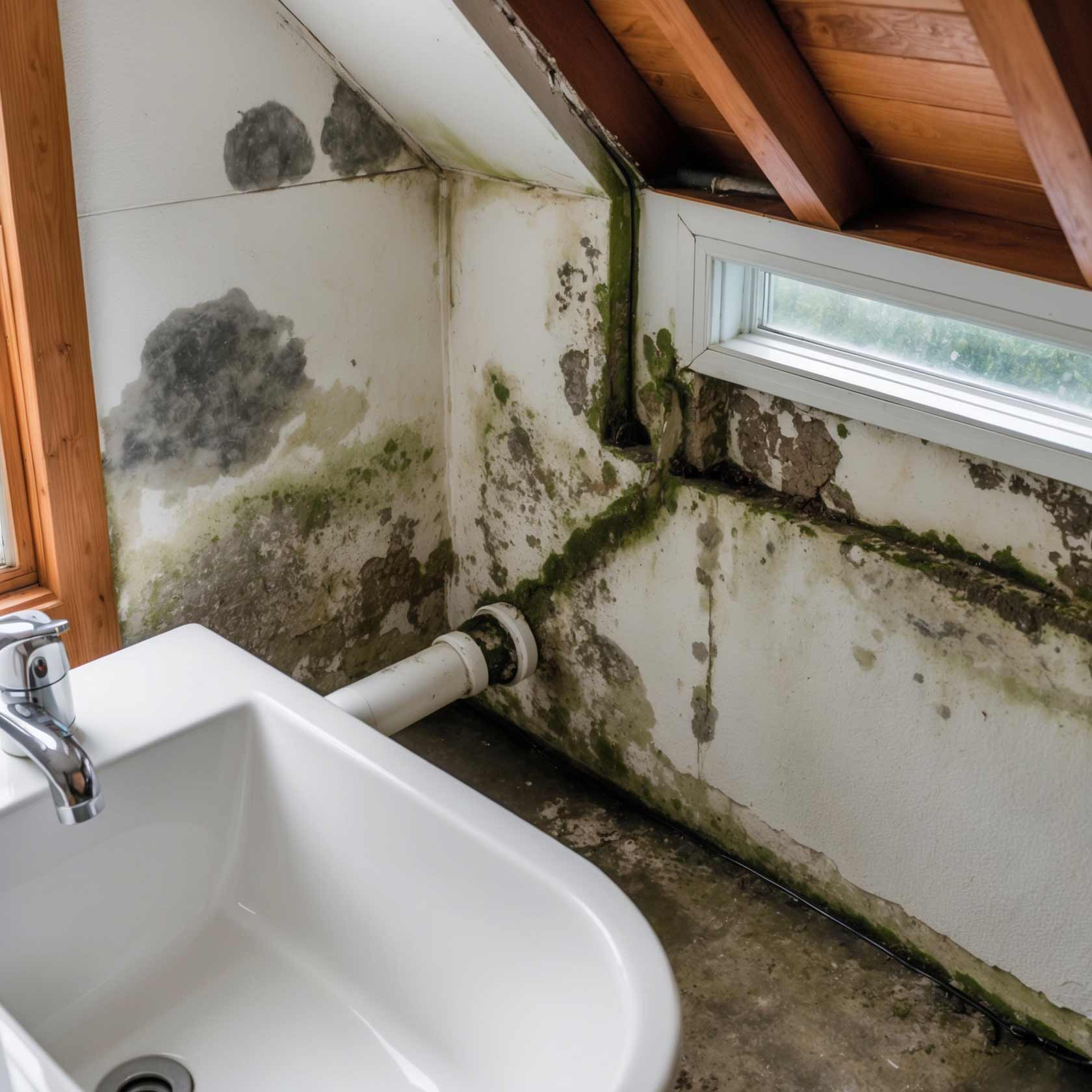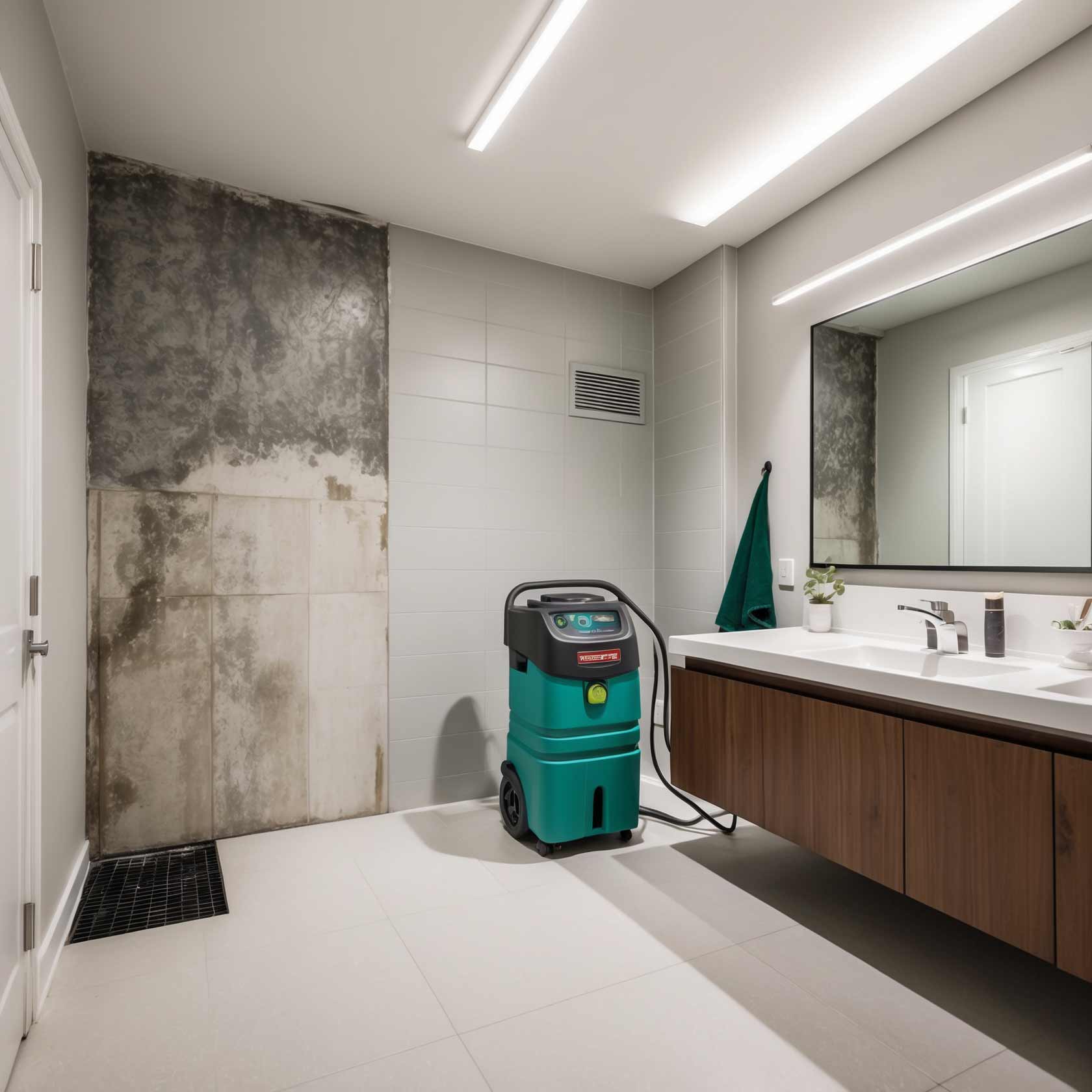Mold Removal vs. Mold Remediation: Key Differences You Need to Know
Introduction
Mold is a pesky little organism that often comes knocking at your door when you least expect it. It thrives in damp, humid environments, and it can wreak havoc on your home and health. With so much talk about mold removal and mold remediation, one might wonder, "What's the difference?" In this article, we'll unravel the complexities of mold removal versus mold remediation. By the end, you'll be well-equipped to make informed decisions regarding your mold issues.
Mold Removal vs. Mold Remediation: Key Differences You Need to Know
When we discuss mold removal versus mold remediation, it's essential to understand that these terms are often used interchangeably but hold distinct meanings.
What is Mold Removal?
Mold removal refers specifically to the act of physically eliminating mold from a space. This process can involve scrubbing surfaces, using specialized cleaning products, or even tearing out affected materials like drywall or carpeting.

The Process of Mold Removal
It's important to note that while you can successfully remove visible mold, without addressing the underlying moisture problem, it’s likely to return.
What is Mold Remediation?
On the other hand, mold remediation is a comprehensive process that not only involves removing existing mold but also addressing conditions that allow it to thrive in the first place.
The Process of Mold Remediation
Mold remediation is essentially a long-term solution aimed at ensuring a healthier environment.
Why Understanding These Differences Matters
Understanding whether you need simple mold removal or a more extensive remediation can save you time and money—and protect your health!
Health Risks Associated with Mold Exposure
Mold isn’t just an eyesore; it poses serious health risks as well:
- Allergic Reactions: Sneezing, itching, and skin rashes.
- Respiratory Issues: Coughing or wheezing in sensitive individuals.
- Toxic Effects: Certain molds produce mycotoxins that can lead to neurological symptoms.
Knowing whether you're dealing with just surface-level growth or deeper issues will help you take appropriate action for yourself and your family.
Common Misconceptions About Mold Removal vs. Remediation
1) "Mold Removal Guarantees No More Mold"
Many believe that if they eliminate visible mold once, they won’t have problems again—this is false!
2) "All Professionals Offer Both Services"
Not all contractors offer full-scale remediation services; some specialize only in removal.
3) "Bleach Kills All Molds"
While bleach may kill surface molds, it doesn’t address underlying problems or hidden spores.
Identifying When You Need Mold Removal vs. Remediation
mold inspection servicesSigns You May Need Simple Mold Removal
- Visible patches of mold on walls or ceilings
- Musty odors localized in specific areas
- Recent water leaks or spills
Signs You May Need Full Mold Remediation
- Persistent humidity issues
- Widespread contamination throughout your home
- History of water damage
Costs Associated with Mold Removal vs. Remediation
| Service Type | Typical Cost Range | |-----------------------|--------------------| | Basic Mold Removal | $500 - $1500 | | Comprehensive Remediation | $1500 - $5000+ |
Costs can vary significantly based on severity and location.
DIY Mold Removal: Is It Worth It?
Some homeowners opt for DIY methods thinking they can save money—but is it always wise?
Pros:
- Cost-effective for minor issues
- Immediate results for small patches
Cons:
- Risk of missing hidden molds
- Potential for personal exposure
In many cases, hiring professionals may not only be safer but more effective.
Hiring Professionals: What To Look For?
When searching for professionals in mold remediation or removal:

1) Check credentials and certifications—look for IICRC certification. 2) Ask for references from past clients—real experiences matter! 3) Get multiple quotes—don't settle for the first option.
Regulatory Guidelines for Mold Removal and Remediation
Familiarize yourself with local regulations regarding handling hazardous materials such as molds—a good contractor will adhere strictly!

Regulatory Bodies:
- OSHA (Occupational Safety and Health Administration)
- EPA (Environmental Protection Agency)
These organizations provide guidelines on safe practices.
FAQs About Mold Removal vs. Mold Remediation
Q1: Can I do my own mold remediation?
A1: While minor cases might be manageable at home, significant infestations require professional expertise due to health risks involved.
Q2: How long does the remediation process take?
A2: Depending on severity, it can range from a few days to several weeks—allowing time for thorough inspection and prevention strategies.
Q3: Will insurance cover mold issues?
A3: Coverage varies widely by policy; check specifics with your insurer regarding both removal and remediation services.
Q4: Can I live in my house during remediation?
A4: It depends on severity; professionals will advise if evacuation is necessary during extensive work.
Q5: What types of molds are harmful?
A5: Black molds (Stachybotrys chartarum), Aspergillus species—some can produce toxins affecting health severely!
Q6: How do I prevent future outbreaks?
A6: Regularly check humidity levels (below 50%), fix leaks promptly & ensure proper ventilation!
Conclusion
Understanding the nuances between mold removal vs. mold remediation empowers homeowners like you to make informed choices tailored specifically for your situation! Remember that while removing visible signs of mold offers temporary relief, effective long-term solutions lie within comprehensive remediation processes designed not just for elimination but prevention too! Don't hesitate—take action today! Your health—and that of your loved ones—is worth it!